How Merced Union High School District is closing the opportunity gap and meeting accountability goals
Executive Summary
In 2016, Merced Union High School District (MUHSD) saw an opportunity to rethink education as part of its Local Control Accountability Plan (LCAP). District leadership had an interest in transitioning to a model where success is based less on test scores and more on graduating life-ready young adults with 21st-century skills.
The district partnered with Inflexion on a multi-year engagement with nine schools to achieve this transformation. By focusing on Career and Technical Education and Multi-Tiered System of Support (MTSS) at each of the schools, the district aims to create an equitable system where all students are able to pursue their plans and dreams.
The work began with schools defining a common vision for student readiness and school identity among all stakeholders: students, teachers, administrators, parents, and the surrounding community.
Next, they assessed what structures and approaches to learning aligned well with the shared vision for readiness and identity as defined by the school community. They began work on areas that needed change, ranging from student behavior management to cultural and identity inclusivity to master scheduling to equitable hiring.
As the shared vision for student readiness and identity become more established, schools continue efforts to align their structures and approaches across other areas of focus.
Through its work with Inflexion, MUHSD is seeing strong results in student outcomes and in closing the opportunity gap for underserved students. California School Dashboard data show College/Career Indicator scores for African American, Hispanic, English Learners, students with disabilities, students who are homeless, and students who are socioeconomically disadvantaged are 16 to 29 points higher than the state average.
The District’s Goals
Merced Union High School District wished to transition to an educational model where success is based less on test scores and more on graduating every student life-ready and equipped with 21st-century skills. The district engaged Inflexion to help them apply the Inflexion Approach to achieve three main goals:
- Accelerate progress in closing the opportunity gap for traditionally underserved students.
- Provide evidence-based help in meeting California’s district- and school-level LCAP requirements.
- Improve on key California School Dashboard metrics, including College/Career Indicator scores.
Inflexion began work with Atwater High and Merced High in 2017, then added Livingston High and two other MUHSD schools in 2018. As of the 2019-20 school year, all schools in the district were onboarded with Inflexion, and in various stages of the student-readiness improvement sequence.
Partner Profile
Merced Union HS District
- Number of schools: 9
- Student population: 10,000+
- Socioeconomically disadvantaged: 78%
Featured School
Livingston High School
Livingston, California
Student body characteristics:
- 1,243 Students
- 83% Hispanic
- 11% Asian
- 83.6% Economically Disadvantaged
- 10.5% English Learners
- 10% with Disabilities
- 0.3% Foster Youth
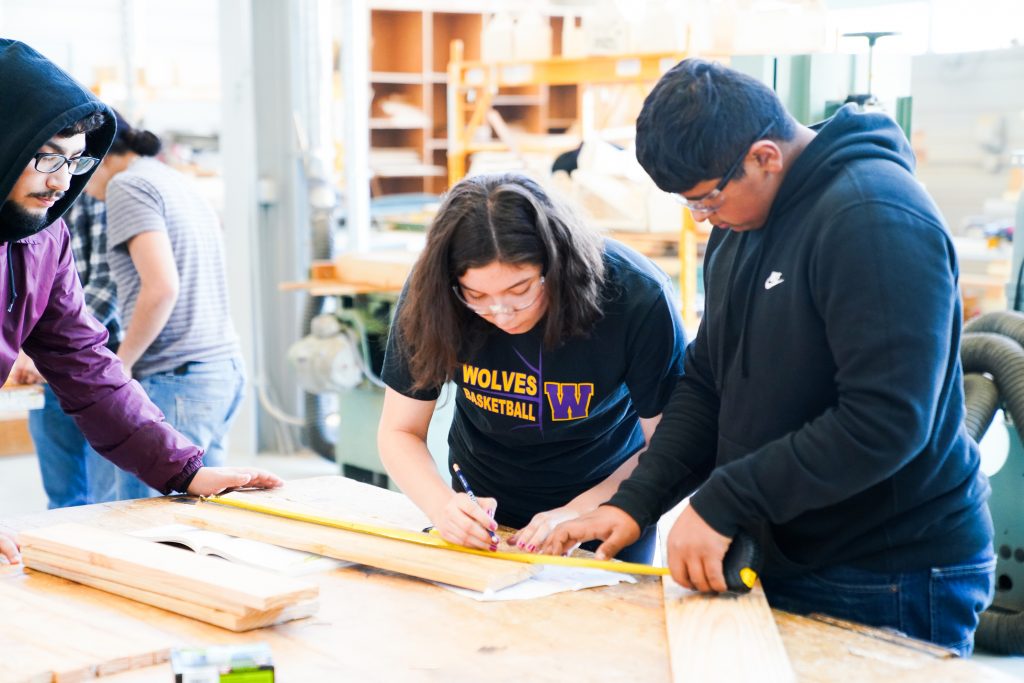
The Local Control Accountability Plan is a three-year plan to address state and local priorities in an effort to improve student outcomes. The LCAP addresses the needs of ALL students, including specific groups such as English Learners,
Foster Youth and students from low-income families.
MUHSD’s LCAP describes:
• The school district’s goals for students.
• What actions the district will take to achieve those goals.
• What those actions will cost.
• How it will measure the results.
Livingston High School
Livingston is a large, suburban comprehensive high school in a region where a good portion of the economy centers on agriculture. Eight of 10 students at Livingston High identify as Hispanic and a high proportion are identified as socioeconomically disadvantaged.
The school already had a strong leadership team in place, well defined core values, an existing motto, and a Four Cs approach to supporting students. This wasn’t a case of a school in need of wholesale reform. The focus was on helping Livingston better serve the totality of the student body, improve equity, and close the opportunity gap.
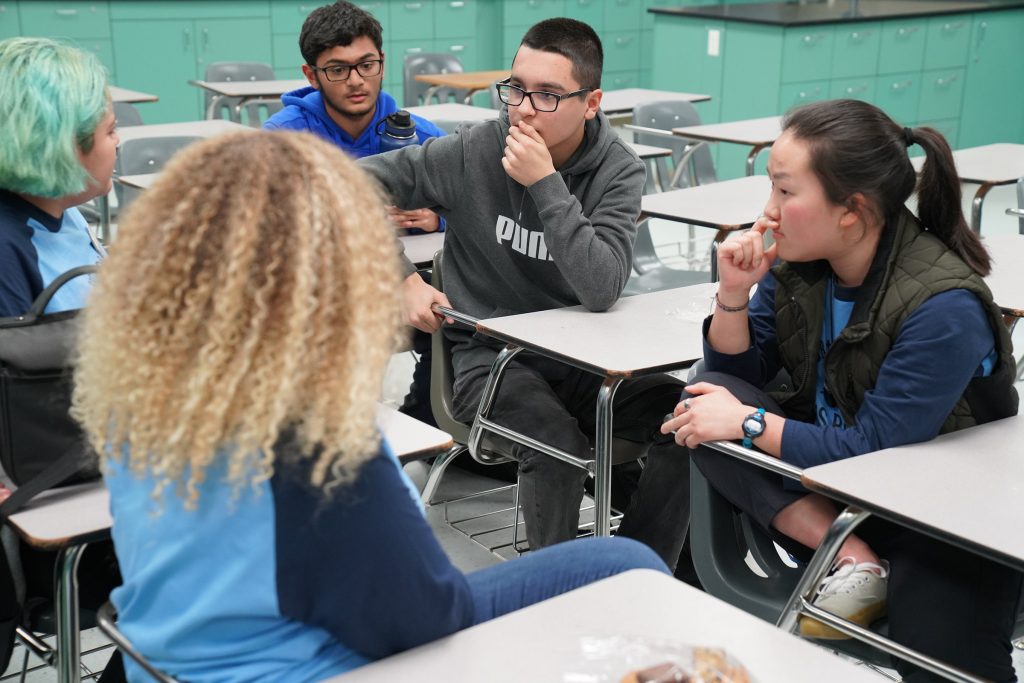
Kicking off the school change effort
Inflexion works with school leadership teams through a well-structured, customized sequence that includes schoolwide engagements, self-reflection, results analysis, and progress monitoring, which we call the Inflexion Approach. The work at Livingston was initiated with an announcement by the District over the summer. Early in the fall, a leadership team from Livingston comprised of teachers and administrators was brought together with teams from Merced Adult School and Buhach Colony High School for a two-day kickoff led by Inflexion. This set the foundation for working toward LCAP goals.
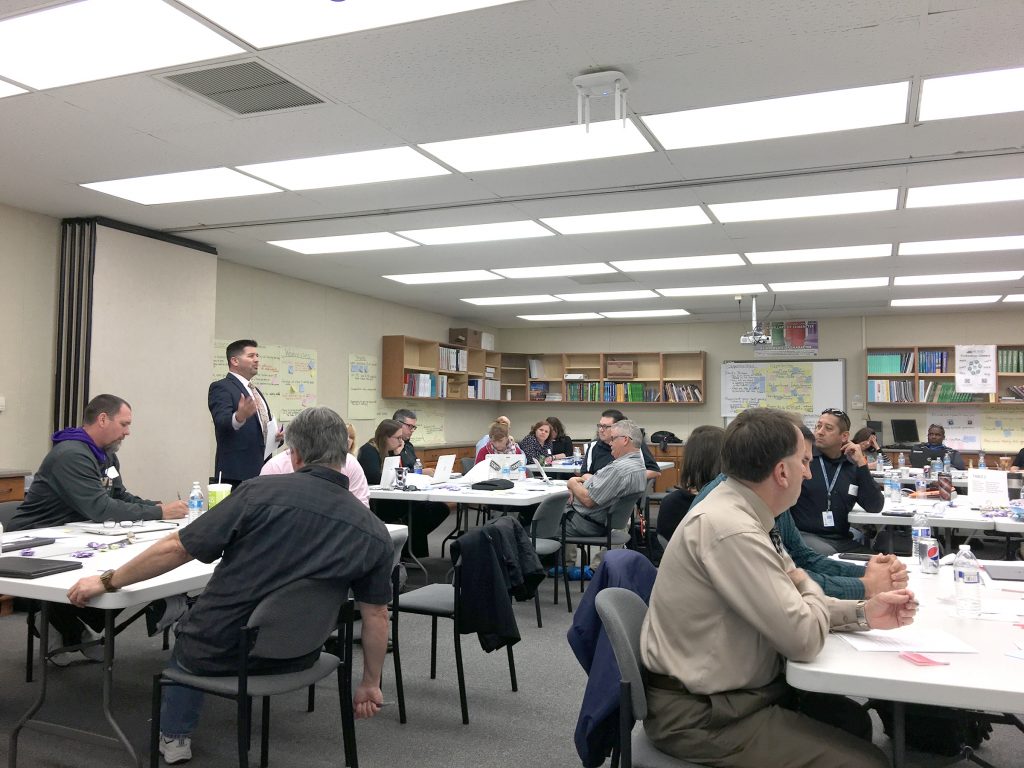
The professional development session began with an explanation of California’s MTSS. It covered how Inflexion’s approach helps schools meet goals around equity and alignment of academic, behavioral, and social-emotional learning.
Livingston’s team then mapped existing school efforts, initiatives, and programs to Inflexion’s college and career readiness framework. They were asked to categorize by what’s universal (what every student has in support of their learning), strategic (group-based), or intensive (individual).
Examples of things that were mapped include:
- Financial aid supports for students and families
- Student leadership or ASB
- Mentoring programs
- Career and Technical Education (CTE)
- Athletics
- Culturally specific groups/clubs
Day two introduced the team to the importance of coherence, vision for student readiness, and school identity in creating schools that prepare all students for success. Teachers and administrators began to see the linkage between these and Livingston’s approaches to learning and structures. And areas of misalignment became clear.
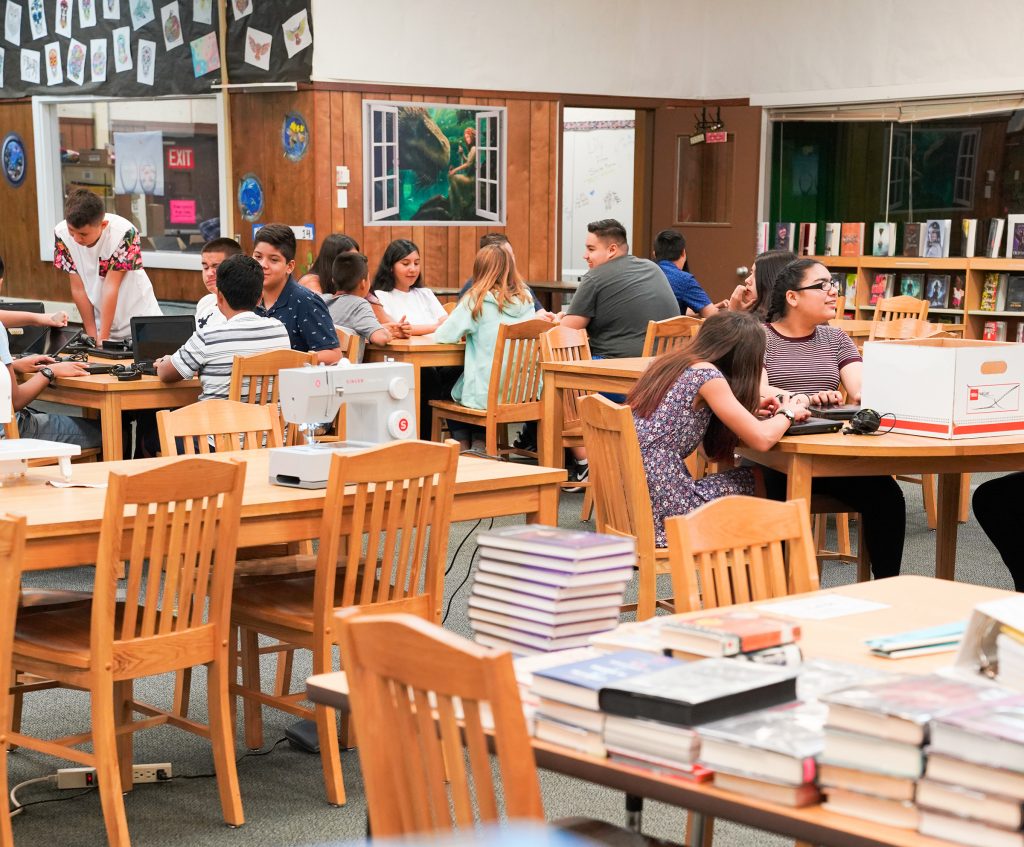
Next: engaging community voice
The kickoff sessions identified a need for greater cohesion and a common language across existing programs, to make Livingston’s improvement programs more strategic. To get it right, participants saw the need to involve a broad cross-section of stakeholders to inform this work.
Surveys were developed and distributed to Livingston students, families, and staff. Stakeholders were asked to
- describe the characteristics, skills, mindsets, and behaviors students need in order to prepare for their futures and how different student experiences help to develop those skills;
- describe an ideal school; and
- identify the unique personality of Livingston High School and the traits most valued in the community.
Here’s an example of an animal trait exercise that gets strong student and family engagement.

This expanded engagement with the school community, with over 250 individuals participating, was important for gaining wide support for coming initiatives. It provided key strategic insights on what was most important to the school community in terms of student readiness. It’s also a well-known best practice: Family involvement is a characteristic of high-performing schools. Effective partnership between school, families, and community has been shown to positively impact students’ academic and behavioral outcomes.
Defining the two anchors: vision for student readiness and school identity
A key early step in the Inflexion Approach is engaging with ALL stakeholders in a school community to create a definition of student readiness and a strong school identity. Inflexion guided Livingston through a process of defining and communicating the holistic set of skills that ALL students need for success after high school. These include interpersonal, intrapersonal, and metacognitive skills that go beyond simply stating desired student outcomes.
According to principal Mandy Ballenger “One of the things that working with Inflexion has helped us with is getting us all speaking the same language on what it means to help every student with college and career readiness. We’ve started to look at that on an individual basis from all levels, whether that’s in the classroom, in the counseling office, or working with administrators. We want them all to be college and career ready, but that looks a little different for each and every one of them.”
Knowing how the broader school community wants to equip their students for the future allows schools to quickly weed out distractions and stay anchored to what they want to become true for students. This vision for student readiness provides clarity about the role of teachers and content in achieving success, while also carving out a role for parents, mentors, and community-based organizations in supporting student readiness and success. It can also be a point of stability for educators as they pivot to teaching outside physical school settings.
For school identity, Livingston was asked to define what they as a school stand for and where they intend to go. Participants were asked to consider their values and beliefs, community context, and shared understanding and approaches.
“We’ve had a pretty strong following of love purple, live gold,” says Principal Ballenger. “That was always kind of our motto. When we did our community surveys and our staff surveys and our student surveys, I was very impressed that a lot of our stakeholders already knew what our mission was and who we were. Our work with Inflexion really helped us to crystallize that and come up with our maxims. Our parents and our teachers really saw the work that they were already doing reflected in where we wanted to go.”
Creating a school’s Life-ready Maxims
The themes and words that express a school’s shared values and beliefs can have great power over student outcomes. Inflexion helps schools capture these in Life-Ready Maxims.
These are short, memorable, distinctive, and enduring statements that act as a school’s core drivers. They are meant to empower every student to pursue their passions, interests, and aspirations. They are used to both highlight hidden areas of strength already within a school and as aspirational statements to reinforce the promises a school makes to the community.
Maxims are written so all stakeholders in the community—students, families, staff, community leaders—embrace and live them. Setting a vision or outcomes that are only for the students can produce an “us versus them” mentality. Making them apply to everyone in the community increases the probability they will be used every period, every day.
Once finalized, maxims are used throughout a school to bring coherence to all elements of student services. They’re built into the daily curriculum and fully embedded into school culture. Decisions on hiring practices, engaging community members and families, strategic plans, behavioral procedures, curriculum design, or even designing and building a school from the ground up are all informed by a school’s maxims. Maxims are graphically integrated with a school’s logo and colors widely communicated through strategies such as being painted on lobby walls, posted in classrooms, and included on school stationery.
At Livingston, the Four Cs approach and the school’s Love Purple, Live Gold slogan were the foundation for creating the maxims. The statements integrated what was learned in school community surveys and the previous work on student readiness vision and school identity.
“Our maxims are tied to the four Cs—communication, collaboration, creativity and critical thinking,” notes Principal Ballenger. “When teachers talk about those skills, they’re tying in our maxims to start having that common language that students are hearing across all seven classes. They’re hearing it from their counselors, from their administrators, from their librarians, from their cafeteria staff. That idea of all of us speaking that language is a big piece that has come from working with Inflexion.”
Livingston’s maxims leverage important student readiness and school identity attributes. The language spotlights elements of social-emotional learning and skills needed for 21st Century readiness yet often overlooked and undervalued by the education system as a whole.
Here are two more examples of completed maxims from Inflexion’s work with MUHSD.
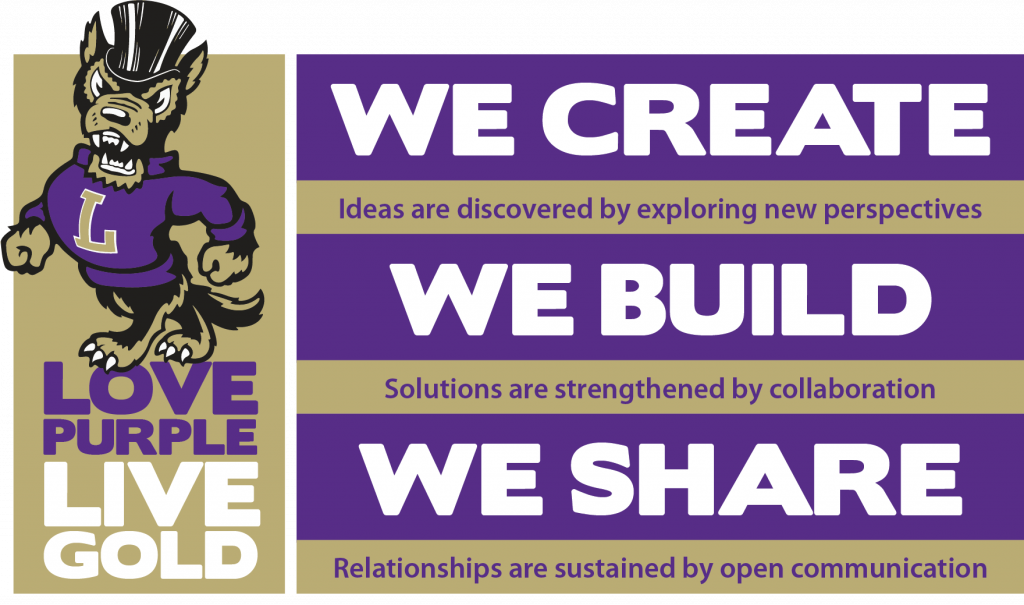
Here are two more examples of completed maxims from Inflexion’s work with MUHSD.

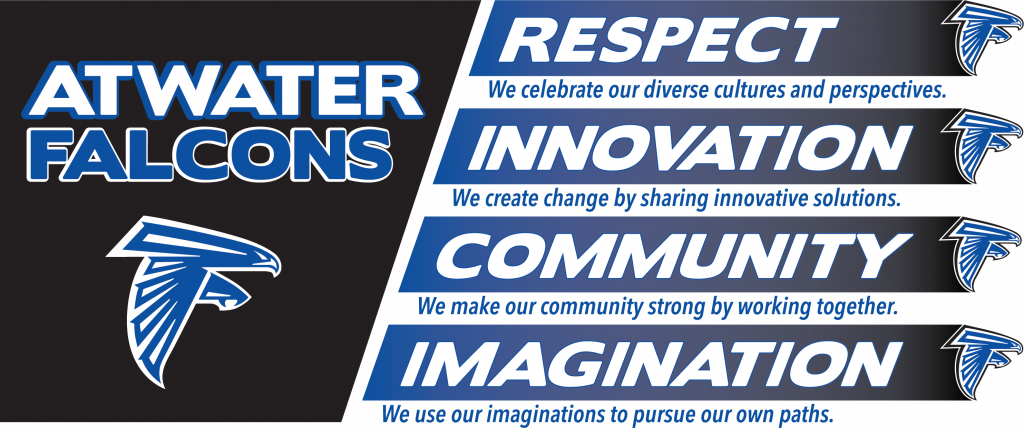
These life-ready maxims identify and reinforce each school’s clear sense of identity. They are building community and empowering school leadership teams to drive the type of organizational change that ensures schools meet the interests, aspirations, and needs of ALL students.
Diving into organizational change
With the thoughtful groundwork complete, the next step in Inflexion’s sequence focuses on questions around strategic school change. What structures and learning approaches are truly aligned with your school and students? What can you let go of?
Starting in the fall, Inflexion helped the Merced schools inventory all the things they do—curricular, co-curricular and extra-curricular—for a Coherence Check. School leadership teams look critically at instructional efforts and student supports and consider whether they align to the maxims developed.
This review included both structures and overall instructional approach. Reviewing everything from universal instructional design to master schedule to behavior management policies assures that each:
- is designed to meet individual student interests, aspirations, and needs.
- addresses academic, behavioral, social-emotional, and physical development.
- builds a sense of self and belonging for all students.
- and aligns with a shared vision for readiness.
Over a few months, school leaders provided all the “artifacts” that reflect the school’s values including interview questions for new hires; how decisions are made about what services students get; communication plans for engaging with the community; and how master schedules are developed. Working with Inflexion staff, the school leadership team identified three areas to bring into alignment in the coming school year.
Livingston began the Coherence Check process just as the covid-19 pandemic closed schools. This work is continuing, with the process modified to accommodate the changing priorities and new challenges schools are facing as they plan for a year with many unknowns.
Crafting the plan: ambitious and realistic
Based on the Coherence Check, Inflexion works with school teams on master strategic plans, organized into nine areas of focus. Schools pick three areas to work on in each of the following three years.
- STUDENT BEHAVIOR AND MANAGEMENT: DISCIPLINE
- CULTURALLY INCLUSIVE AND IDENTITY-SPECIFIC PRACTICES
- KNOW MY NAME, FACE, STORY—MASTER SCHEDULE AND OTHER STRUCTURES
- QUALITY DECISION-MAKING AND CONTINUOUS IMPROVEMENT
- COMMUNICATION STRATEGIES
- EQUITABLE TALENT PIPELINE, HIRING, ONBOARDING, EVALUATION
- STUDENT-LEVEL DECISIONS
- CONTINUUM OF SUPPORTS
- SERVING AND EMPOWERING STUDENTS
Pro Tip: Coordinate the Inflexion process with your accreditation review
Some of the work a school undertakes with Inflexion has direct overlap with accreditation requirements such as WASC.
For example, schools must demonstrate stakeholder engagement. Creating your school’s life-ready maxims involves intensive, deliberate outreach to the broader school community. The process is well documented. And the results when maxims are rolled out—in halls, classrooms, community meetings—are plain to see.
For another example, schools must provide a narrative of what students are expected to learn and how as part of accreditation reviews. The vision of student readiness we help schools develop can be a resource for this.
It can be highly efficient for schools to time the Inflexion Approach with WASC accreditation reviews
Inflexion guides leadership teams with objective, research-based best practices, framed in a way that’s clear. They get help developing plans, with examples of what’s working in schools like theirs. Leadership teams participate in coaching clinics where they build and revise key structures to improve student support systems. This can include advisory models, scheduling strategies, discipline, and hiring practices.
In short, Inflexion helps schools manage complex systems change while still juggling the demands of the day-to-day.
Ongoing School Improvement
Schools continue the work of aligning school identity and their vision of student readiness with supports and instruction until they have addressed all nine areas of focus. Teaching teams examine what they’re delivering, and align it to a holistic definition of student readiness while Inflexion helps keep them focused by monitoring the school’s change efforts and tracking progress.
The end goal is to help schools and the student body achieve healthy relationships, shared leadership, equitable access, and student empowerment. The end products are structures and learning practices that better meet the needs of historically underserved and marginalized students.
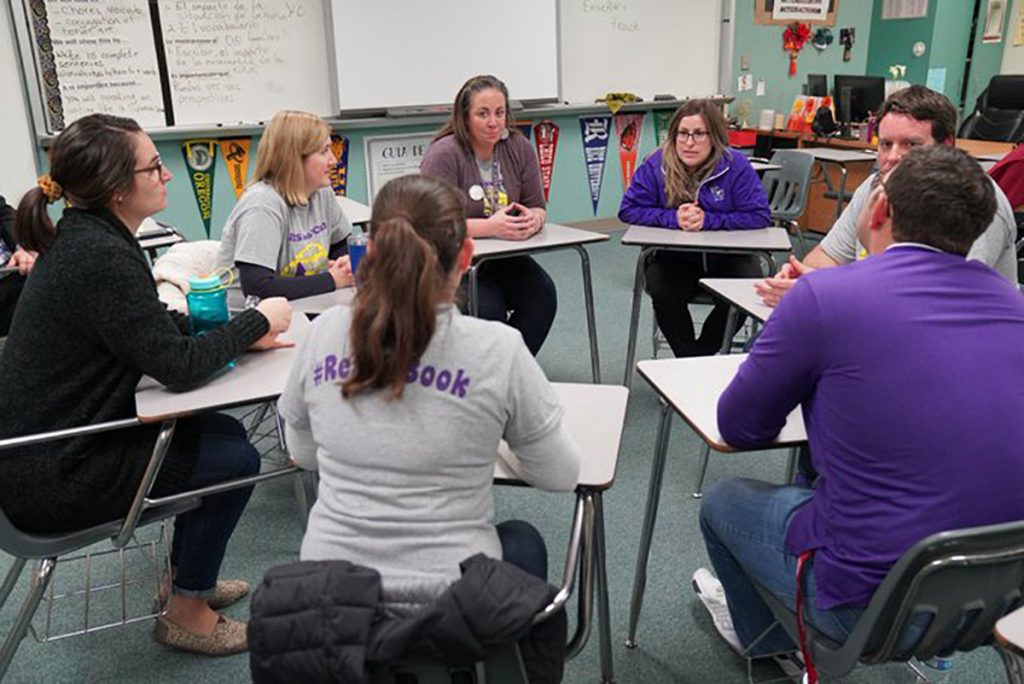
Results to date
Livingston High is excited about the progress resulting from its work with Inflexion. Notes Principal Ballenger, “We already had a really strong graduation rate and we’ve seen an increase. I’m very proud of that. I’m equally proud of the decrease in our discipline numbers. I think students are making stronger connections with their teachers and other staff members so that they want to come to school, they want to be successful here. And I think we’re giving them the tools to do that.”
Data support the school’s strategic approach to college and career readiness. In fact, all of MUHSD comprehensive high schools (teal dots in upper right quadrant in the scatter plot) are positive outliers on multiple California School Dashboard metrics.
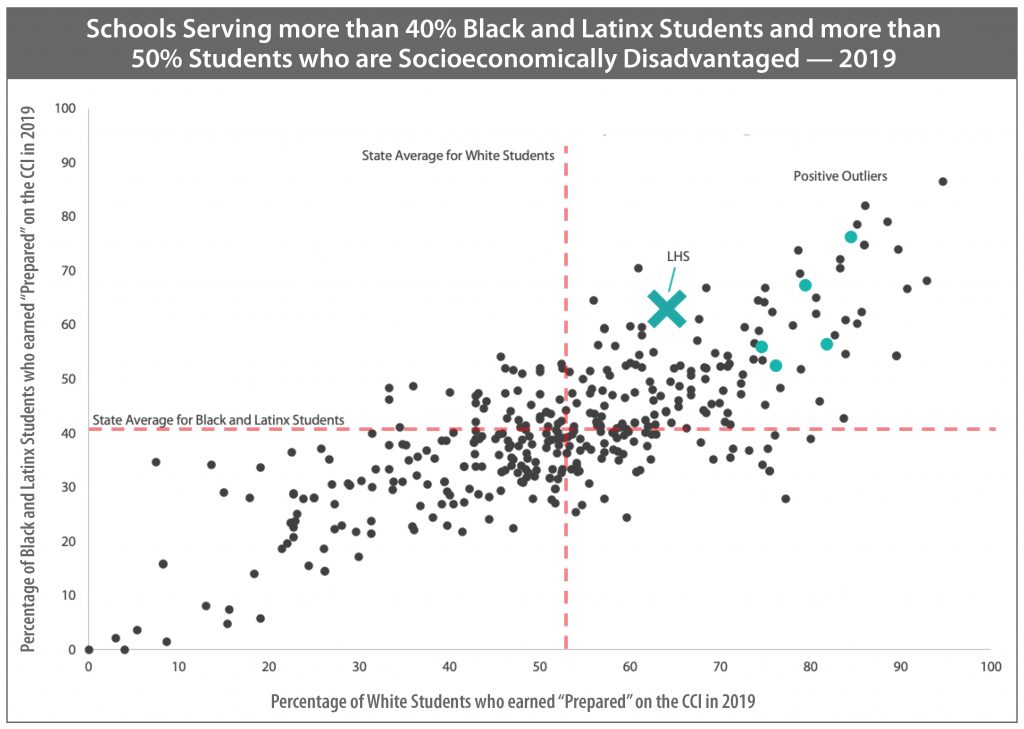
- On the latest California School Dashboard, both historically underrepresented and historically well-served students are performing above average on the College/Career Indicator in the six MUHSD high schools working with Inflexion.
- Students at Livingston High who are “prepared” is 19.9% higher than the state average.
- Asian students: 3.4% lower than state average
- Hispanic students: 27% higher than state average
- English learners: 25.5% higher than state average
- Socioeconomic Disadvantaged: 27.5% higher than state average
- Students with Disabilities: 27.9% higher than state average
- Homeless Students: 31.6% higher than state average
- The CCI rates for students historically underserved in education (African American, Hispanic, English Learners, students with disabilities, students who are homeless, and students with low Supplemental Education Services) are 16 to 29 points higher.
- Five of the six groups listed above exceed the state average by 20 percent.
What the impressive numbers cannot show is how student experience has become the center of decisions. Students are systematically empowered through structures that reflect their voice. Their schools help them foster a sense of agency as well as a sense of belonging and acceptance.
Success at closing the opportunity gap
National demographic shifts are leading to schools that are less homogenous. Schools need to be prepared to serve students from racially, socioeconomically, and linguistically different backgrounds while still meeting federal and state mandates. Many schools are saddled with structures and systems that hold them back.
To meet the needs of students from a variety of backgrounds, schools can go beyond content mastery to focus on student engagement, adaptability, and what learners can do with their knowledge. The first step is to work with their communities to find clarity on desired student outcomes and their unique school identity.
Elevating student and family voice is an essential component when building strategic change initiatives. Inflexion’s approach positions that work on the front end with the belief that the want and desire of the community is a powerful driver for change. As Principal Ballenger says, “My staff is ready to follow me but having that extra voice from Inflexion helped them see that we are on the right path, we are doing the right things.”
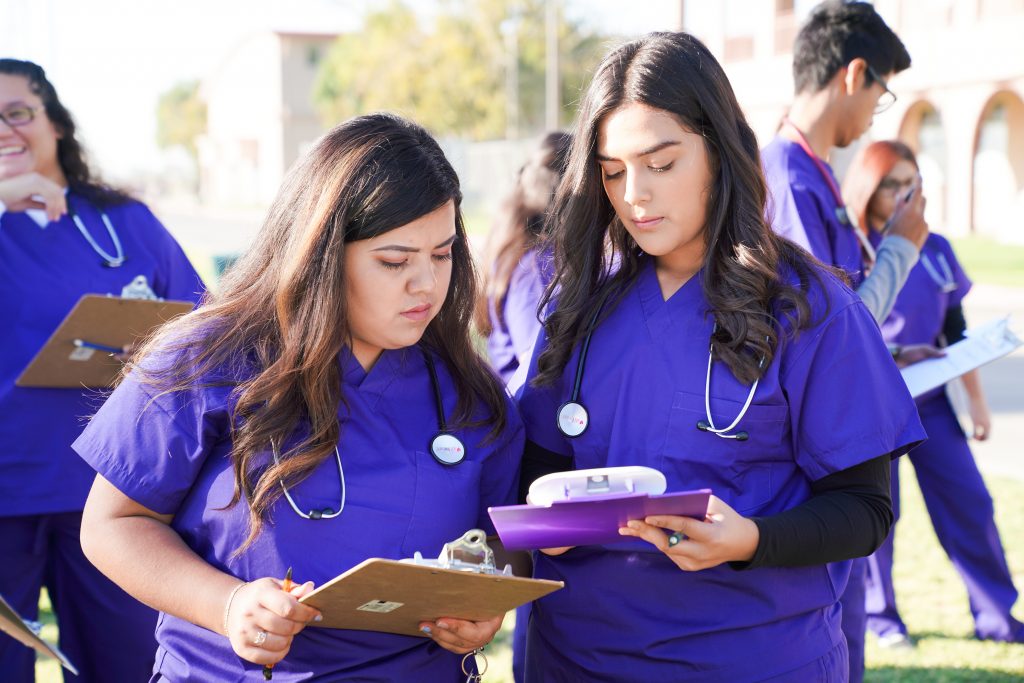
About the Inflexion Approach
Inflexion leads schoolwide change efforts to establish the necessary conditions for school transformation,helping schools create learning communities with the right systems and supports, so that all students graduate truly ready for college, career, and life. The Inflexion Approach is based on data, organizational and educational theory, and a decade of experience researching school effectiveness and student readiness.
Download this case study in .pdf format: MUHSD-Case-Study.pdf (1111 downloads)
or email schoolpartnerships@inflexion.org

